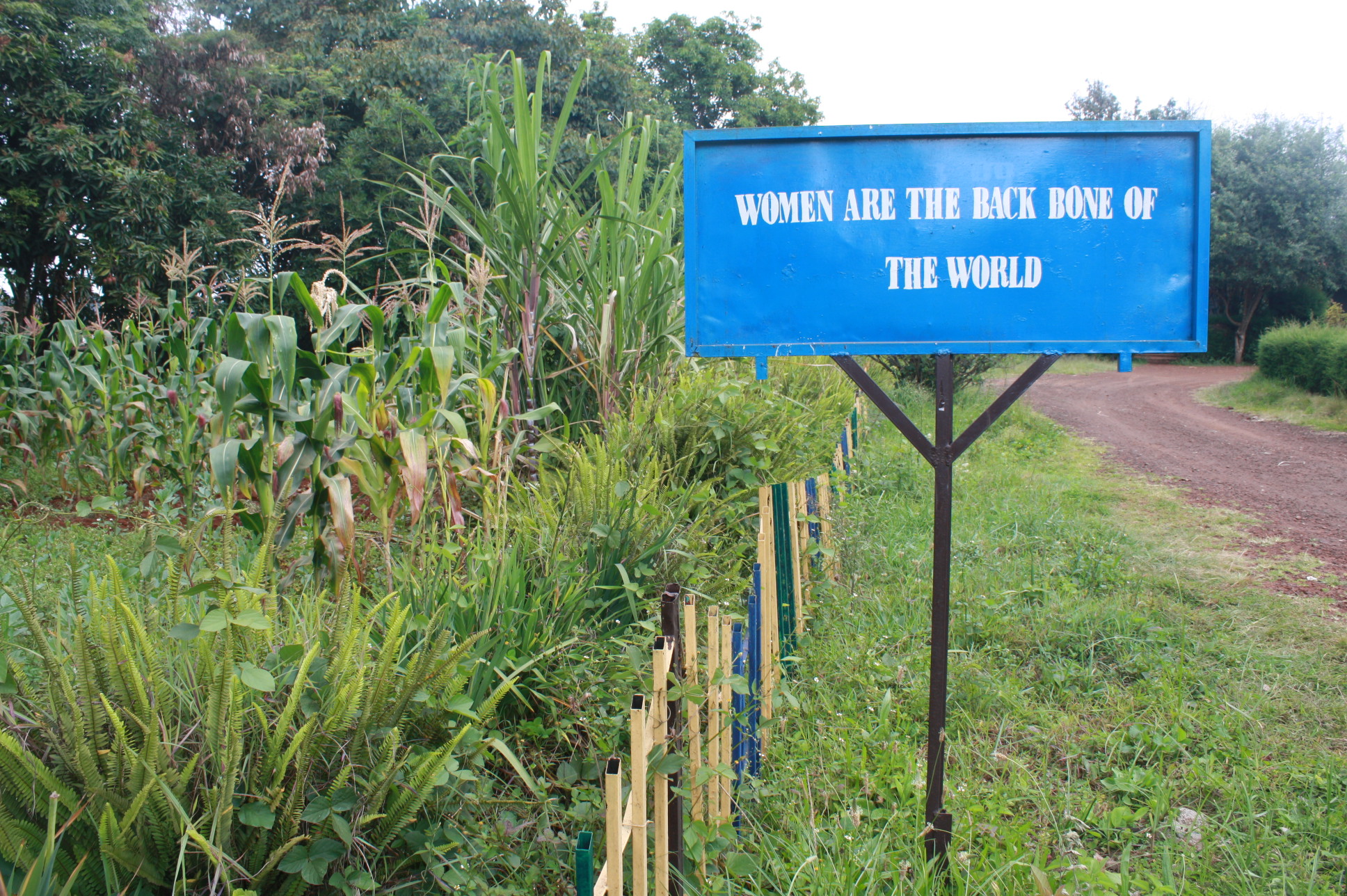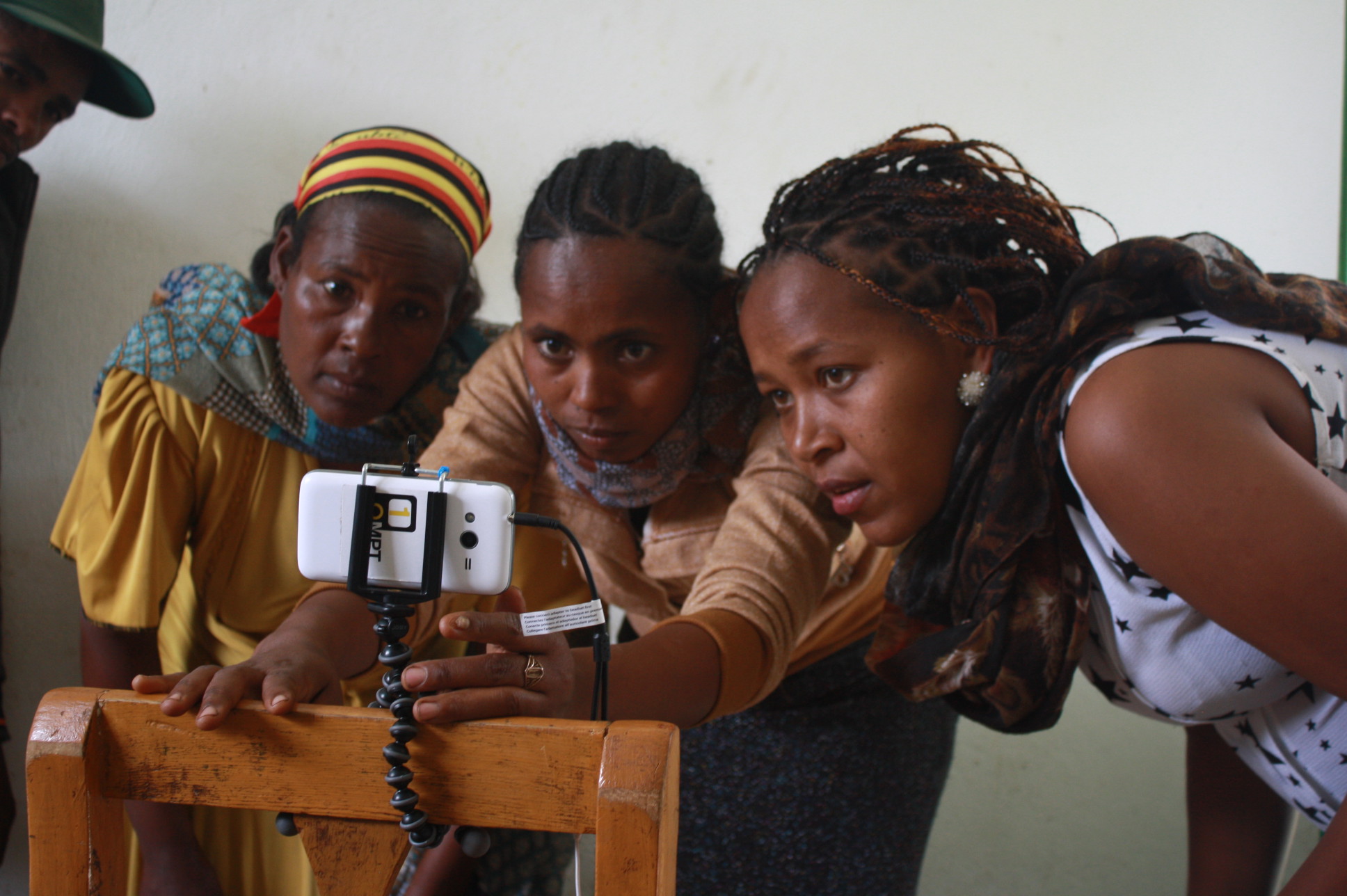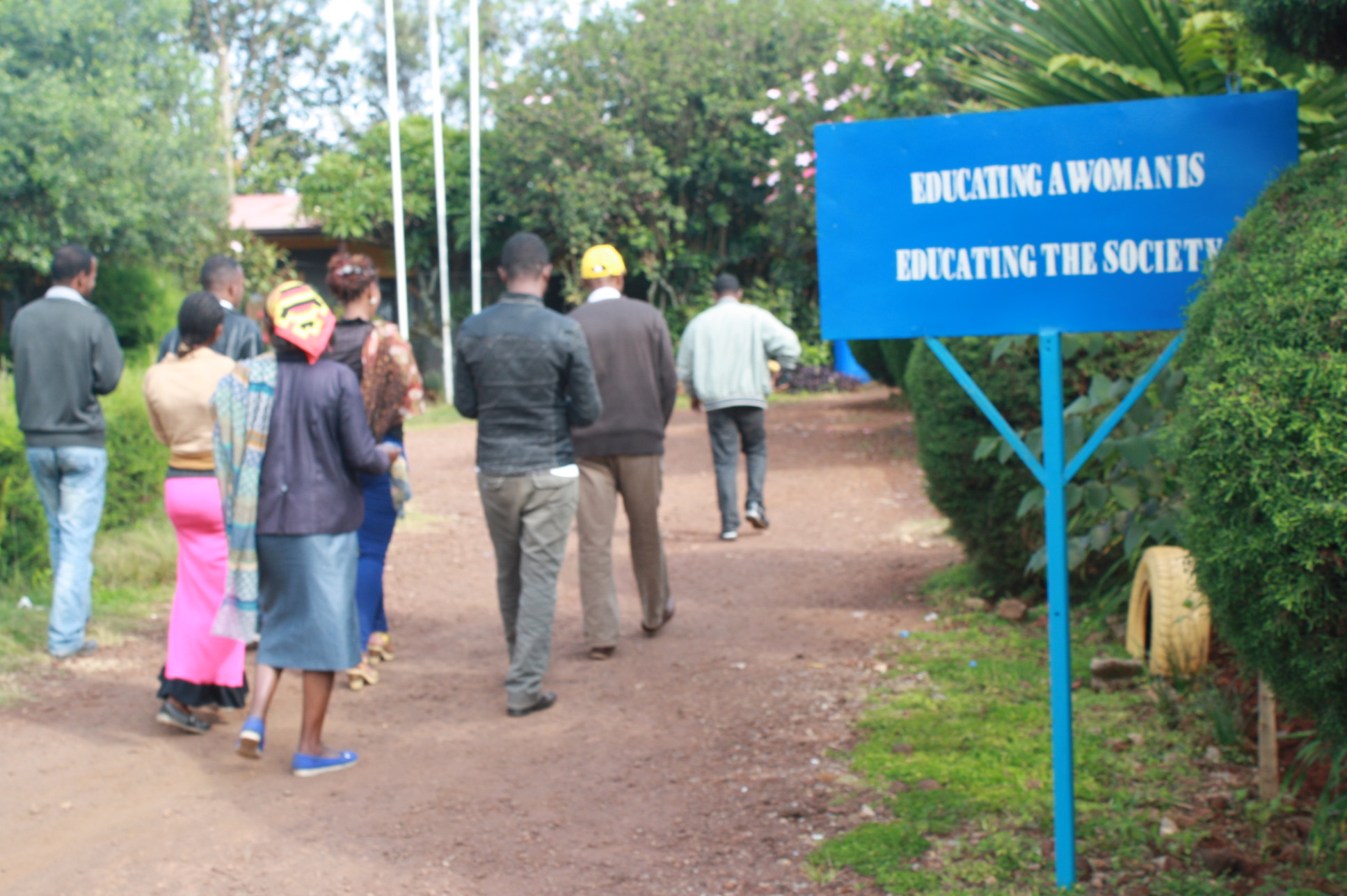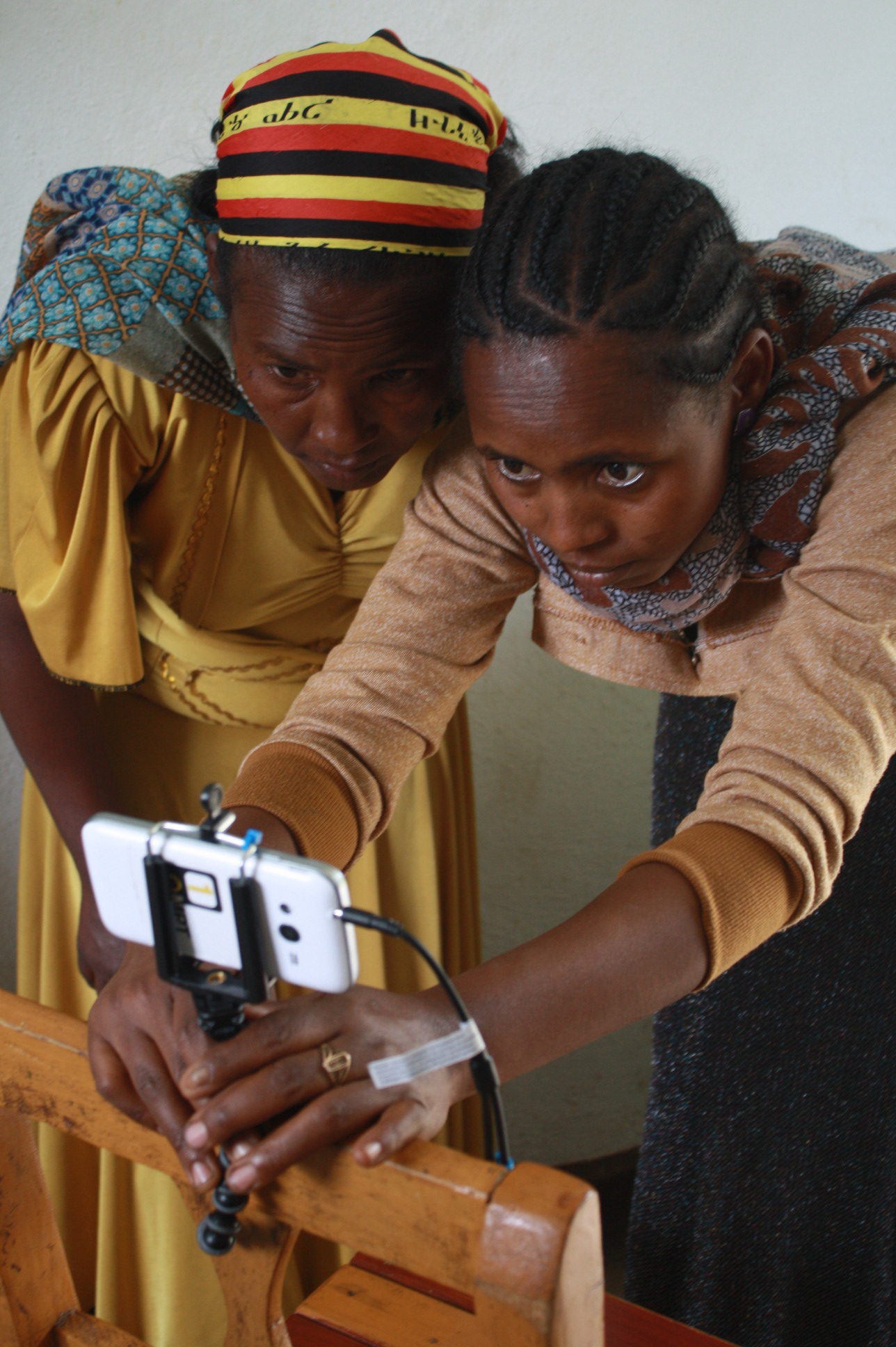How illuminAid Is Working to Close the Digital Gap for Women—and Why It Matters
Technology has always been at the forefront of human development. It took human civilization from hunter-gatherer to agricultural, developed modern society through the Renaissance and lead the Industrial Revolution. While much of the world has continued to make enormous strides in technological development, Africa has largely been left behind. In fact, it has some of the lowest electricity rates on the planet. With only 31% of the continent’s population having access to the internet, compared the worldwide average of 50%, Africa continues to fall behind in the international race for digital advancement.
However, in recent years there has been an international push by national governments and international bodies alike to utilize information and communications technology as a tool for development. Internal efforts from African governments and interest from international aid organizations and NGOs have allowed Africa to begin to catch up.
Africa has made strides to integrate modern technology across various sectors and has begun to experience the benefits of technology in farming, communication, education and commerce. The technological advancement in Africa over the last decade has brought low-cost, reliable technology solutions to even the most rural areas, improving access to electricity and the internet. However, as the overall population begins to slowly benefit from technology, one group of people continues to be left behind, creating what is now called the Digital Gap.
Across the developing world, men are 25% more likely than women to have access to the internet. In Sub-Saharan Africa that number nearly doubles to 45%. Women’s economic and social empowerment is being stunted by their under-representation in technology and their disadvantaged access to it. By 2030, Africa is estimated to have the largest potential work force on the planet though, without sufficient technological literacy, women will be essentially disqualified from this opportunity for advancement.
Women in Africa continue to face gender discrimination and inequality from nearly every aspect of society, including education and technology. One significant reason why women and girls in Africa have lower rates of education than their male counterparts is due to early marriage and teenage pregnancy. Sub-Saharan Africa has the highest rates of teenage pregnancies in the world, and in this region 40% of girls under the age of 18 are married. Due to responsibilities in the home, taking care of children, literacy rates and lack of quality education, many women have less opportunity to benefit from the internet and technology. Access to technology could be the single best way for women in Africa to escape poverty through better, and higher paying jobs for women. However, their inability to participate in the growing technology sector continues to be one of the greatest obstacles for women’s economic and social empowerment today.
Information and Communications Technology (ICT) in particular has the potential to reconstruct negative social norms and even combat gender-based violence for women. ICT including video and social media is being used across Africa to educate and raise awareness about issues of inequality and gender-based violence. One example of this took place in Zambia, where twenty young activists were trained by Planned Parenthood Association Zambia in how to use social media as a powerful tool against gender-based violence. The result in their community was an open dialogue about the issue of violence against women, offering women resources they could turn to for help. Other organizations and women’s social movements have been mobilized through social media to gain international attention and bring real social change. For instance, the #BringBackOurGirls campaign was a social mobilized by women's groups across Africa to gain international attention in the kidnapping of 276 school girls by terrorist organization Boko Haram. Today ICT is being utilized as a powerful platform for women’s political activism and engagement, and has given women a place to mobilize and advance their political and social agenda.
illuminAid exists in the realm of information and communications technology for development (ICT4D). We are providing women in the poorest parts of the world access to simple technology and effective training that provides social empowerment and education, bringing about real change. By training women in video production, we can offer a skill that has the potential to radically change their communities and provide them with unique opportunities for advancement. We are working tirelessly with countless partner organizations in Africa to close the Digital Gap in ICT and give women the equal opportunity for social and economic independence that they deserve.
Sources:
How Africa Wins The 4th Industrial Revolution
Women and ICT in Africa: A New Digital Gap
Zambian Teens Learn Twitter and Facebook to Stop Violence Against Women






